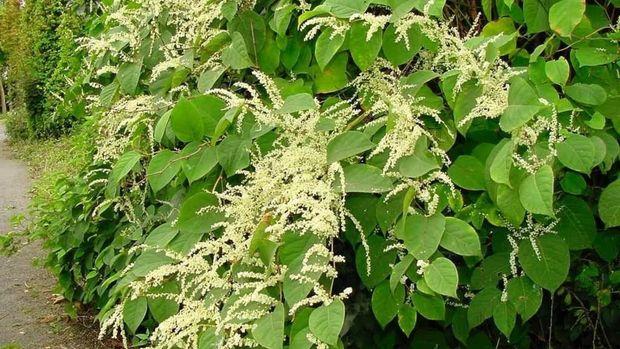Japanese knotweed
Japanese knotweed (JKD) is becoming increasingly common in Nuenen. This invasive plant spreads easily: a small piece of leaf, stem or root is enough to regrow. The location of the plant in our municipality has now been mapped Map

Rapid growth and displacement of other plants
Japanese Knotweed is not poisonous, but it poses a problem for biodiversity. Due to its rapid growth, it displaces other plantings. The plant also expands underground: its roots can spread over long distances. Because JKD does not reproduce through seeds, flowering in itself does not pose an additional risk.
No legal control obligation, but municipal commitment
There is no national obligation to control the plant. Nevertheless, the municipality of Nuenen is actively working to limit the nuisance and prevent further spread.
Current approach in collaboration with experts
Together with an outside party, the municipality is looking at the most appropriate approach for each location. At present, the choice has been made to let the plant grow for the time being and to mow it once in the fall. This method is consistent with the current understanding of effective management.
Locations where Japanese Knotweed grows near homes are actively controlled. In places where there are no houses nearby, additional treatment is waived for now.
Report
Do you see Japanese knotweed in public areas? Please report it to us.
Recognizing Japanese knotweed
- The foliage is fresh green.
- In spring, the stems have red veins.
- From August to October, the plant has white flowers.
- The leaves alternate on the stem.
- The stems are covered with red spots.
- The stem is hollow inside.
- The plant is a large bunch with stems emerging from the ground.
- The roots are orange inside.
- From the root corm come white shoots resembling asparagus.
